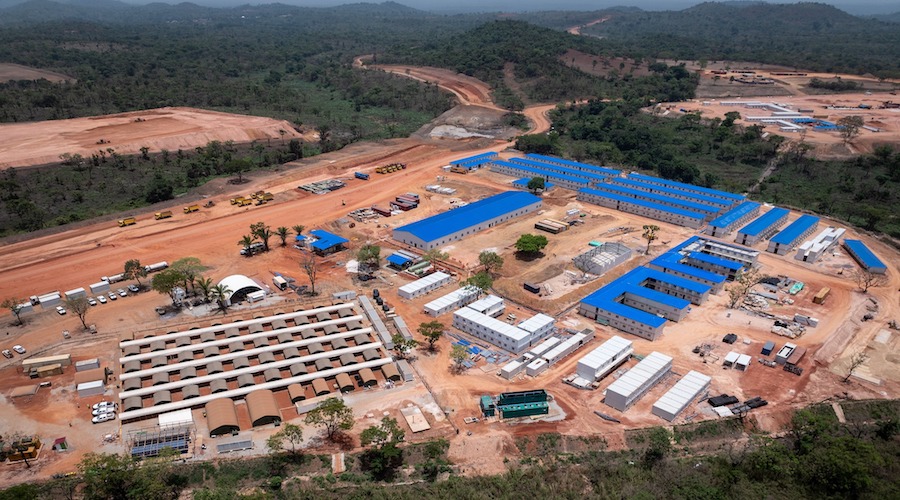
Rio Tinto (ASX, LON: RIO) said on Tuesday it has all necessary regulatory approvals to resume construction at its vast Simandou iron ore asset, the world’s biggest mining project, which it is co-developing with a Chinese consortium (WCS) in Guinea.
Set to be the world’s largest and highest grade new iron ore mine, the project will add around 5% to global seaborne supply when it comes on line. Rio Tinto owns two of the four Simandou mining blocks as part of its Simfer joint venture with China’s Chalco Iron Ore Holdings (CIOH) and the government of Guinea. Rio Tinto holds a 53% stake, while CIOH holds the rest.
A second mine, the WCS project, will be built by Baowu — the world’s largest steel producer — in partnership with a consortium led by Singapore-based Winning International Group.
Rio Tinto first secured an exploration license for Simandou in 1997. Since then, the country has experienced two coup d’états, seen four heads of state and undergone three presidential elections.
The project involves the construction of a 552km rail line to transport high-grade iron ore from two new mines in the Simandou mountains — one to be built and operated by Rio Tinto — to a new deep water port on Guinea’s Atlantic coast.
Rio Tinto estimates the development requires initial funding of about $11.6 billion. The company’s annual capital investment from 2024 to 2026 has been pegged at about $10 billion, with the majority going to Simandou as spending winds down at the Oyu Tolgoi project in Mongolia beyond this year.
The company noted that CIOH has fulfilled its financial obligations by making two payments to cover its share of capital expenditures for critical works carried out by Simfer.
Rio said the first payment of around $410 million was made on June 28, covering expenses up to the end of 2023, and the second payment of about $575 million, for 2024 expenditures, was made on July 11. These payments settle all expenses incurred up to the current date.
The infrastructure capacity developed in collaboration will be split equally between Simfer and WCS, with Simfer focusing on blocks 3 and 4 for a 60 million tonne per year mine, and WCS developing blocks 1 and 2 of Simandou.
Simandou is slated to begin commercial production by the end of 2025, adding an annual supply of around 120 million tonnes of high-quality iron ore after it reaches full capacity.
Rio Tinto, which reported second-quarter iron ore shipments below analyst estimates earlier on Tuesday, said its share of expected capital investment remaining to be spent in Simandou now sits at $5.7 billion, counting from the beginning of 2024.
Simandou has faced construction delays due to legal disputes, local political changes, and the challenges and expenses of building out 600 km rail and port infrastructure.